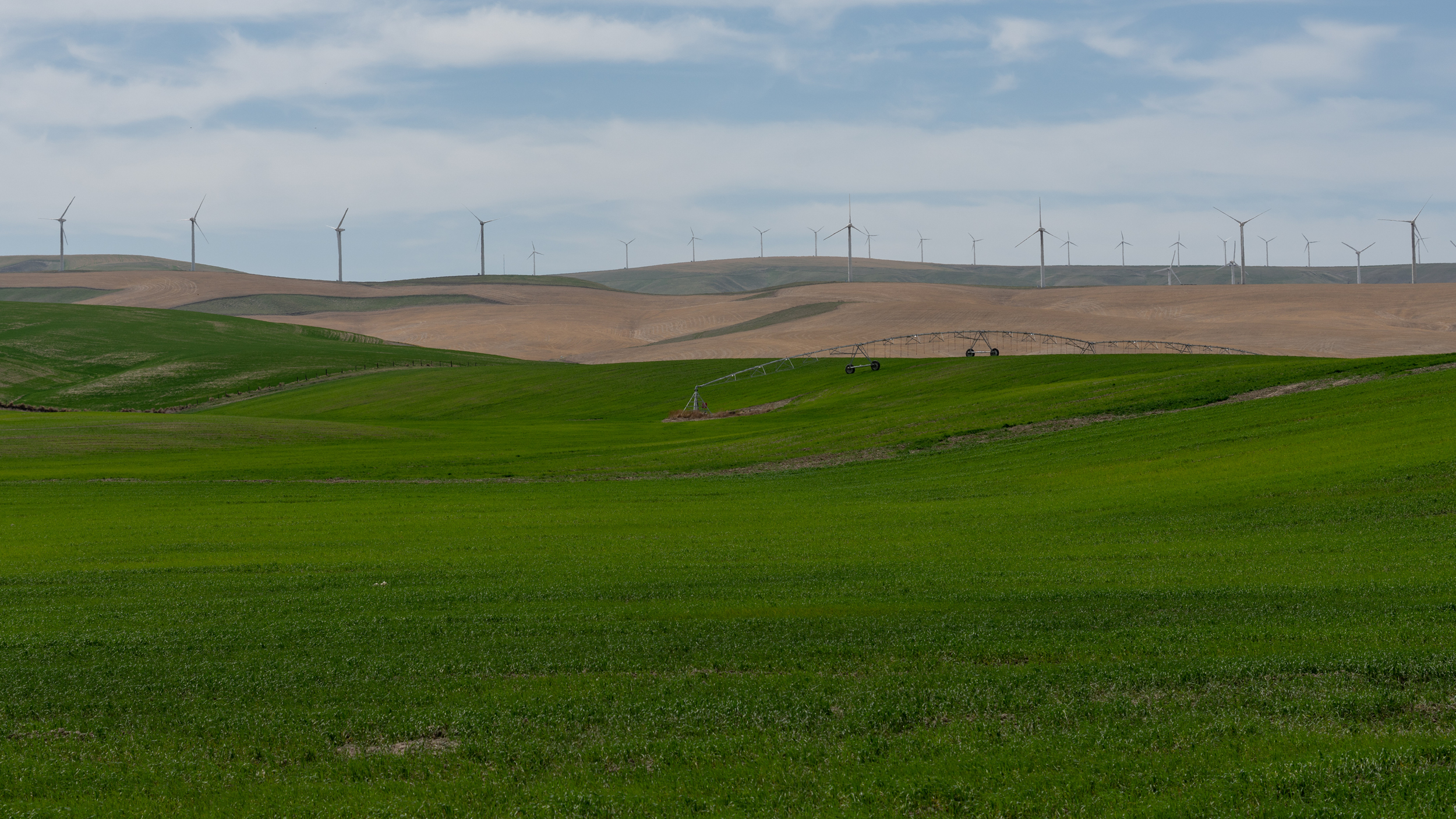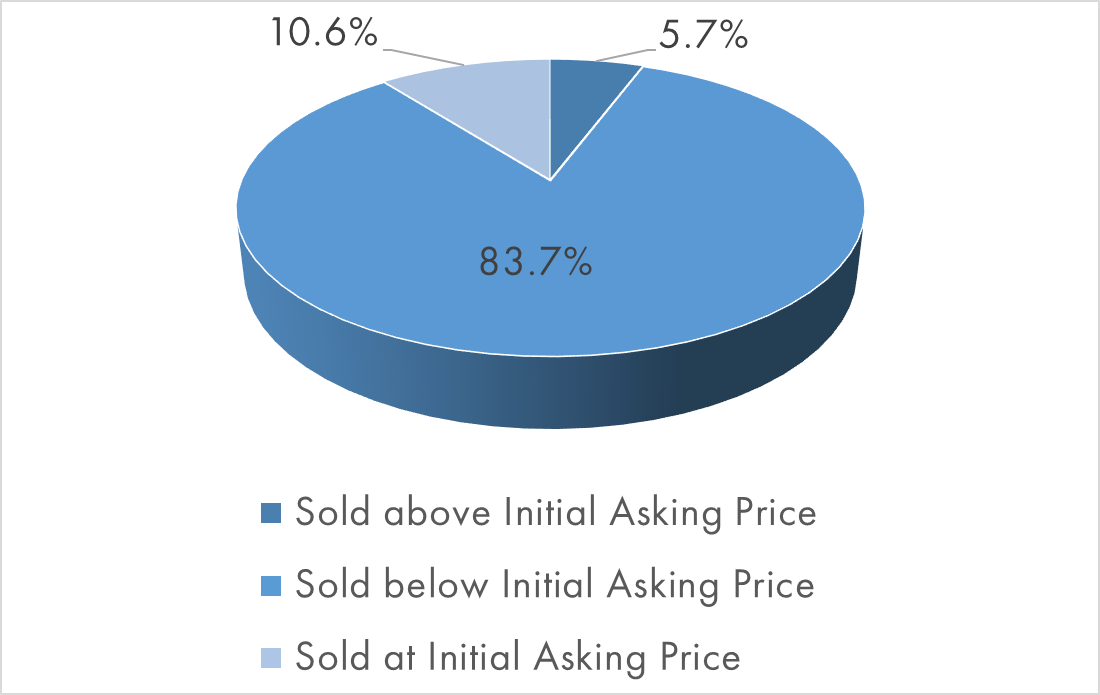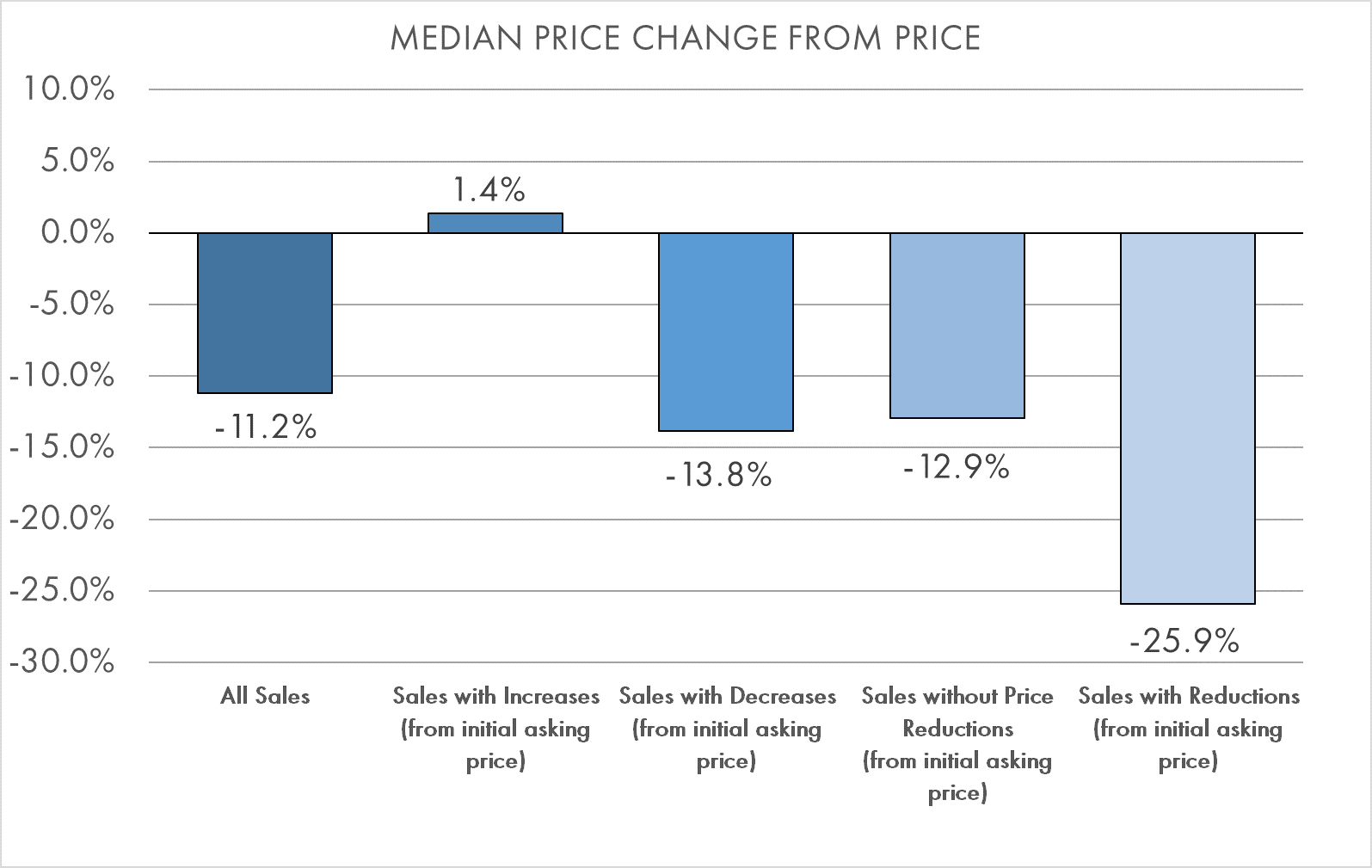
The valuation of agricultural properties relies heavily on the analysis of comparable transactional data. Prior transactions of similar properties are analyzed quantitatively and/or qualitatively to indicate the most probable price at which typical buyers and sellers would have a “meeting of the minds” and a sale of the property would occur. However, in some markets, agricultural properties can vary tremendously. Comparable properties are rare, and transactions of those properties can be even more scarce. This can necessitate the analysis of properties that are being openly marketed (i.e., listings) as an additional indication of a property’s value. However, the asking price of a listed property best reflects only one side of the supply and demand equation and can often be heavily influenced by other factors that are unrelated to value such as existing debt, legal settlement, capital investment, and more. While the opinion of the listing agent can often aid in understanding the degree to which an asking price may reflect a property’s value, it must be remembered that agents have fiduciary obligations to their sellers that may prevent them from providing candid insight. As a result, special consideration is required when using the asking price of a comparable property as an indication of value.

Other real estate sectors (residential and commercial) benefit from the widespread use of consolidated marketing platforms (MLS, CoStar, etc.) that readily allow for meaningful analysis of macro-level market data. However, in many areas of the country, the agricultural real estate market is extremely fragmented, with listing platforms that are often intermingled with other property types. Additionally, with the increasing prevalence of direct marketing, via social media, email campaigns, and other digital platforms, the agricultural real estate market can become even less transparent. For these reasons, it is imperative for your trusted real estate professional proactively track market activity.
To better understand the dynamic relationship between asking prices and sale prices, a dataset of agricultural sales throughout the Southwestern United States over the past year was analyzed. These sales were gathered from a wide array of sources and proactively monitored from the time of their initial listing through their sale to better understand the typical relationship between initial asking prices, reduced asking prices, and final sale prices. Of the data analyzed, about 10.6% of listings sold at their full asking price, about 5.7% achieved a final sale price that was above their initial asking price (though the median gain was only 1.4% of the initial price), and the remaining 83.7% of listings sold at a median discount of about 13.8% of their initial listing price. Across the entire dataset analyzed, the median discount to the initial list price was 11.2%.
Additionally, about 7.0% of openly-marketed sales saw at least one price reduction before their sale. The remaining 93% reached their negotiated sale price directly from their initial listing price (i.e. without a price reduction). Properties that sold directly from their initial listing price saw a discount of about 12.9%. Most notably, for those sales that saw at least one price reduction during their marketing period, the median discount from their initial listing price was over 25%. The causes of observed price reductions varied widely. The largest reductions were observed for those listings where the initial listing price appeared to reflect the highest and best use that differed from the buyer’s final use. As an example, properties that were initially listed as orchards or groves, but upon sale, appear to have been cleared for redevelopment. Some properties appear to simply have been initially overpriced, and after adequate exposure, market-based expectations were realized. Conversely, those transactions that sold above their asking price were often located in proximity to future growth or had other external property influences.

As shown, real estate professionals must pay special attention when using listed properties as an indication of value. Proper consideration must be given to ensure that a property has been appropriately priced and given sufficient exposure time. By tracking agricultural property sales across various sources and proactively monitoring their progress, openly marketed listings can be utilized to better understand real property values.
Jeremy Darner, MAI is a Managing Partner and Certified General Appraiser for Peoples Company’s Pacific West office. The Pacific West office provides brokerage, appraisal, and consulting services. For more information on agricultural property valuation in the region please contact Jeremy at Jeremy@PeoplesCompany.com.










